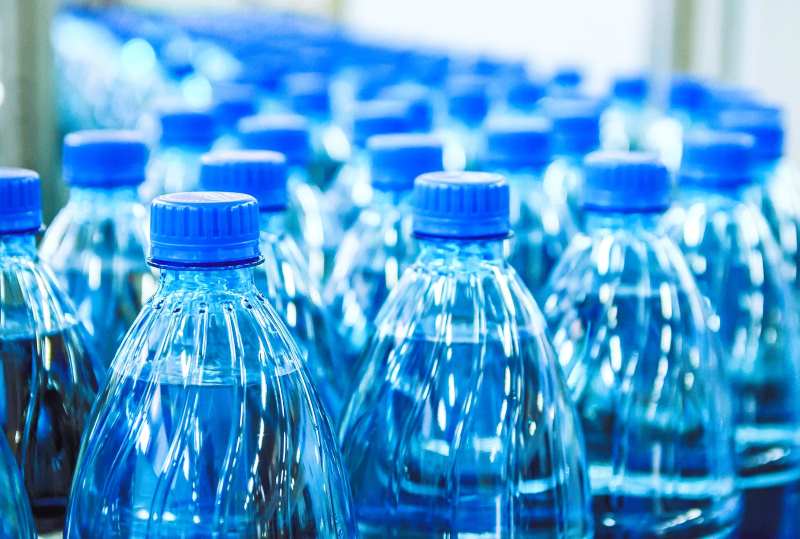Plastic in Your Drink? Study Finds Shocking Numbers of Fragments in Bottled Water

Microplastics in Your Morning Drink: One Liter of Bottled Water May Contain 240,000 Tiny Fragments
For years, we’ve known about the ubiquity of microplastics in our oceans and food chain. But a new study published today in the Proceedings of the National Academy of Sciences sheds shocking light on the extent of plastic contamination in a place we thought was safe: bottled water.
The study, conducted by researchers at Columbia University and Rutgers University, reveals that a single liter of bottled water can contain an alarming 240,000 plastic fragments, on average. This number is significantly higher than previous estimates, which were primarily based on larger microplastics and missed the vast majority of even smaller particles.
A New Detection Technique Reveals Hidden Plastic
The researchers used a cutting-edge microscopy technique called SERS (surface-enhanced Raman spectroscopy) to detect these previously hidden plastic fragments. This highly sensitive method can identify plastic particles as small as 100 nanometers, which is about 1,000 times smaller than the width of a human hair.
Nanoscale Plastic: The Biggest Threat
The study found that a staggering 90% of the plastic fragments in bottled water were nanoplastics, raising significant concerns about their potential health impacts. Nanoplastics are small enough to penetrate human cells and enter the bloodstream, potentially reaching organs and causing long-term health effects.

Unidentified Threats Lurking in the Bottle
Adding to the concern, almost 90% of the plastic particles identified in the study belonged to unidentified polymers, meaning their composition and potential health risks remain unknown. This highlights the need for further research to understand the full scope of plastic contamination and its impact on human health.
Beyond Bottled Water: A Widespread Problem
While the study focused on bottled water, the researchers believe the issue of microplastics extends far beyond this single source. They warn that other sources of drinking water, including tap water and even filtered water, may also contain significant levels of plastic contamination.
A Call for Action
The findings of this study underscore the urgency of addressing the global plastic pollution crisis. We need to invest in sustainable alternatives to bottled water, improve recycling and waste management systems, and develop effective methods for removing microplastics from our water supplies.
This is not just about environmental protection; it’s about safeguarding public health. The next time you reach for a bottle of water, remember the invisible plastic lurking within. It’s time to rethink our relationship with plastic and prioritize our health and the health of our planet.








